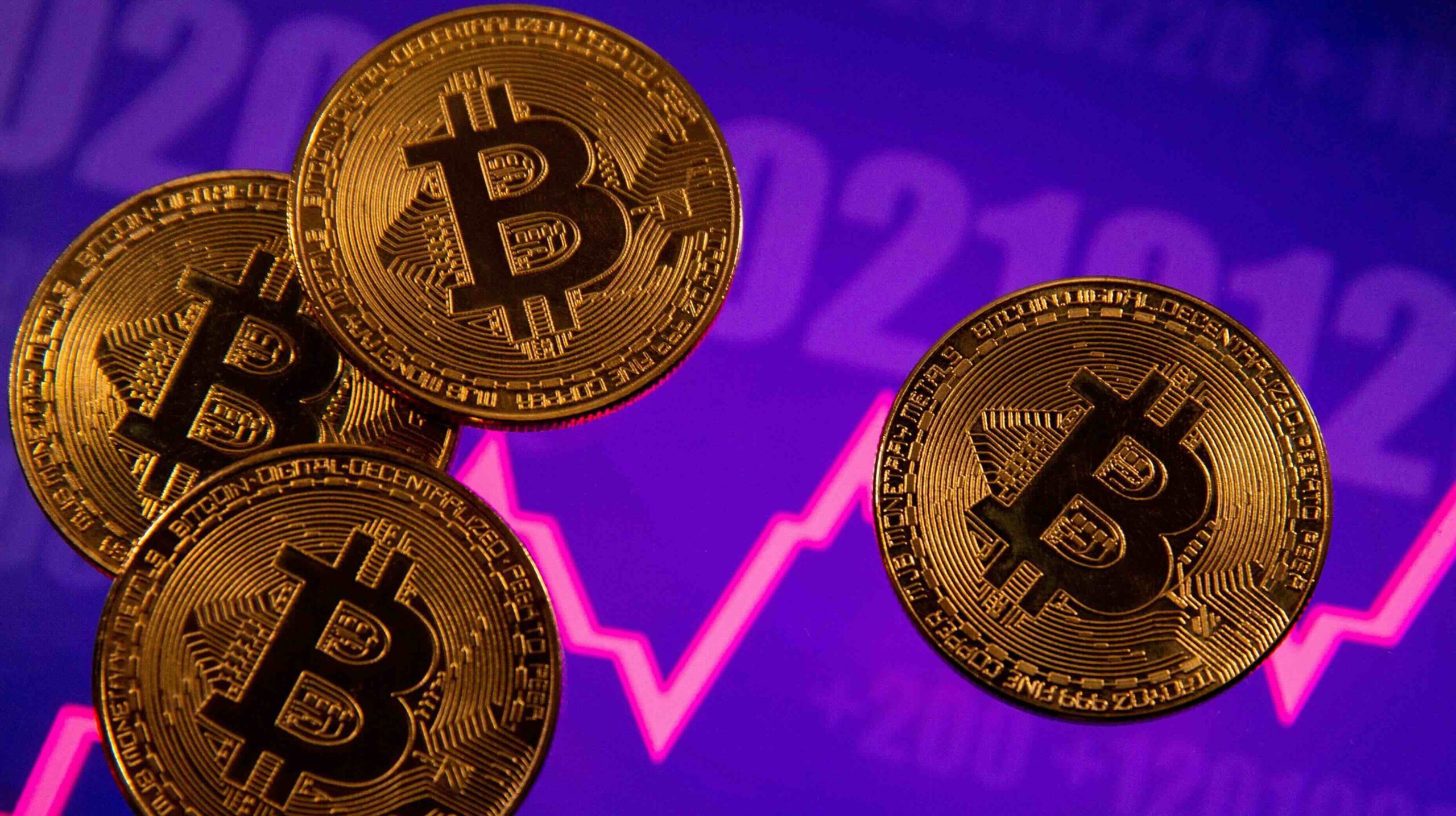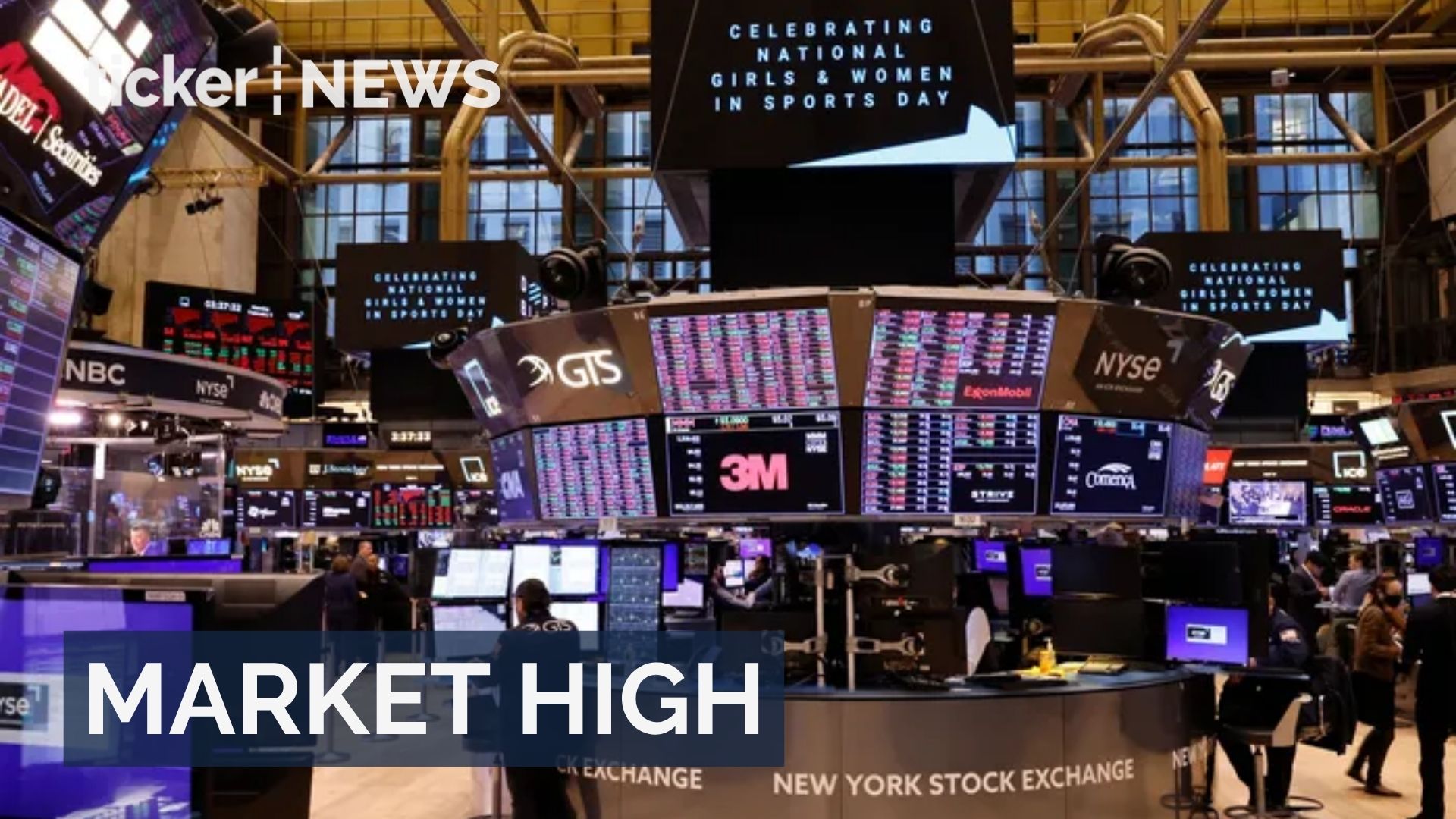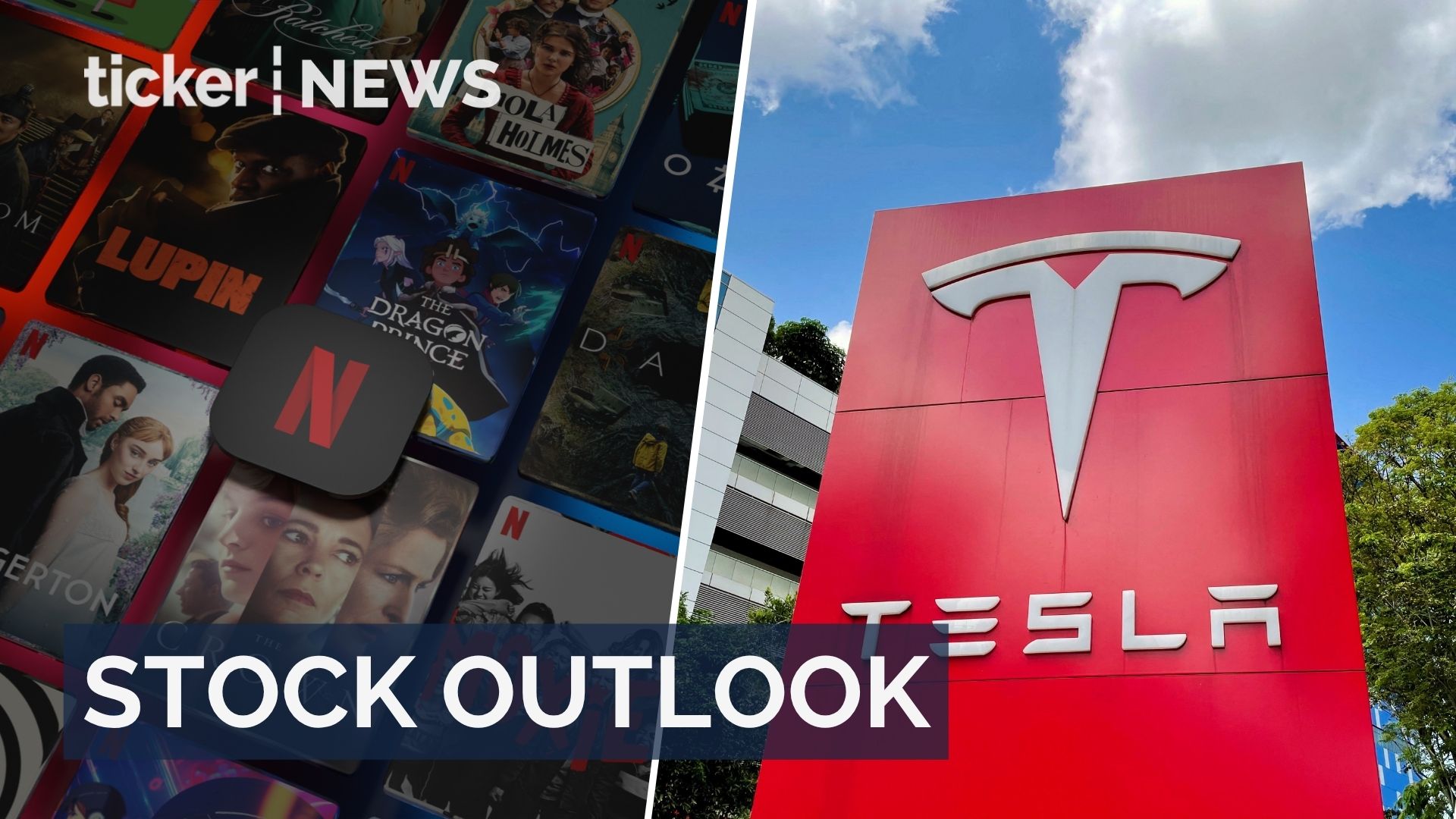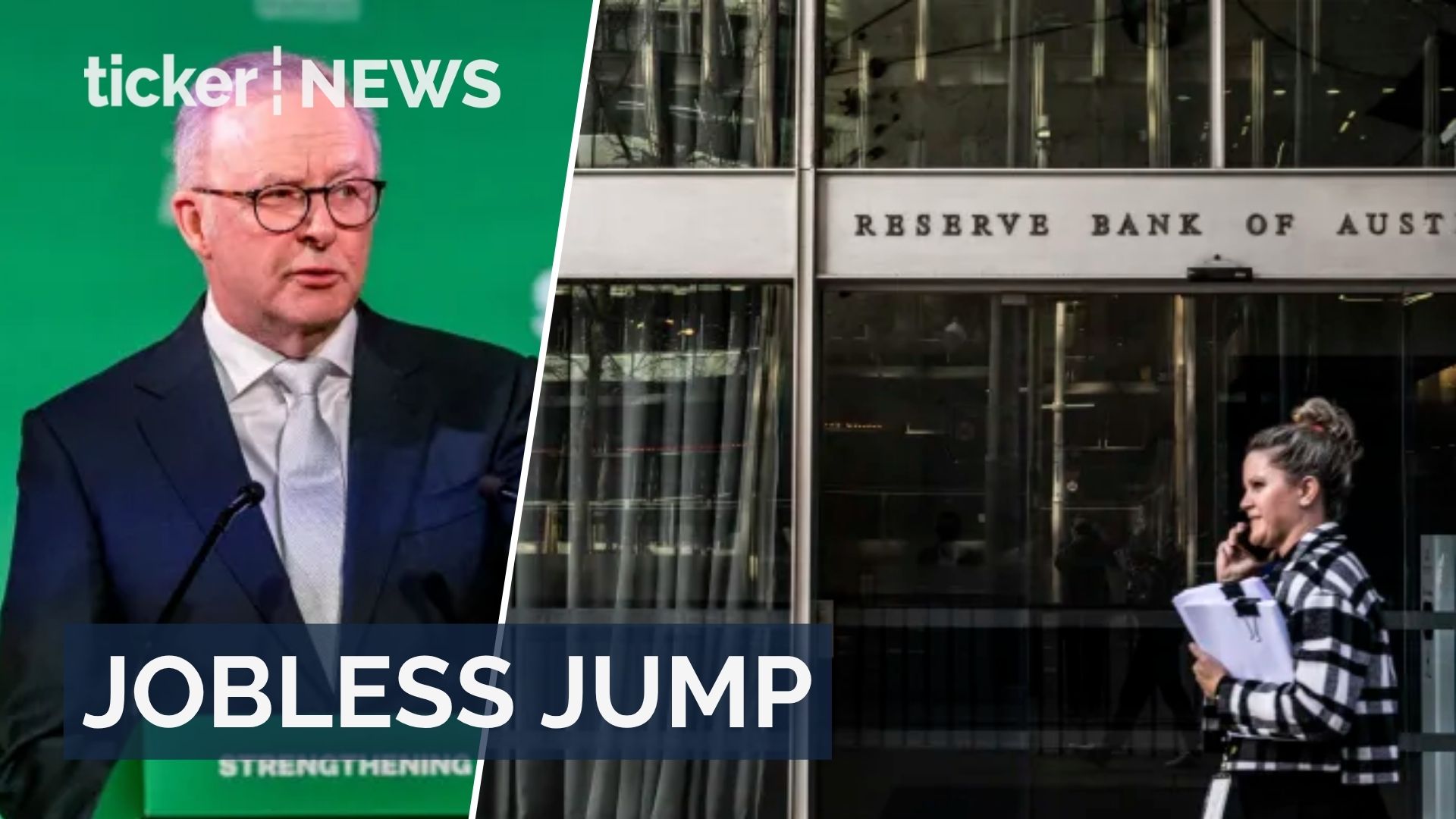Money
What makes the Bitcoin price dance around so wildly?

Money
Wall Street hits record highs on low inflation
Wall Street hits record highs on cool inflation and strong earnings ahead of key Federal Reserve interest rate decision
Money
US stocks face tests from Tesla, Netflix earnings
US markets brace for Tesla and Netflix earnings amid rising volatility and delayed inflation data
Money
Australia’s unemployment rate rises to 4.5 per cent
Australia’s unemployment rate rises to 4.5 per cent in September, prompting calls for potential Reserve Bank interest rate cut
-



 News4 days ago
News4 days agoOpenAI launches Atlas to rival Google
-



 Tech5 days ago
Tech5 days agoOpenAI Unveils ChatGPT Atlas: The Future of Browsing?
-



 Shows3 days ago
Shows3 days agoDeFi revolutionises finance as trust in banks declines
-



 Leaders3 days ago
Leaders3 days agoThe new rules reshaping the gaming landscape
-



 Leaders3 days ago
Leaders3 days agoCooling innovations crucial for efficient data centres
-



 Shows4 days ago
Shows4 days agoUnderstanding data breaches and how to protect yourself
-



 Shows4 hours ago
Shows4 hours agoImprovement districts transforming cities: lessons from London
-



 News4 days ago
News4 days agoBitcoin’s weakness sparks market warning











